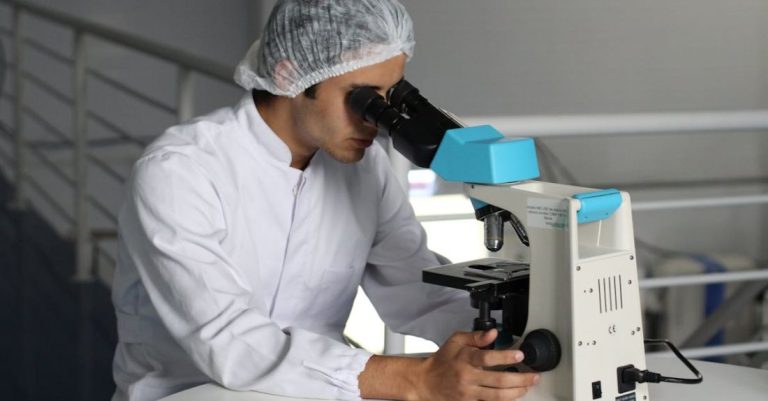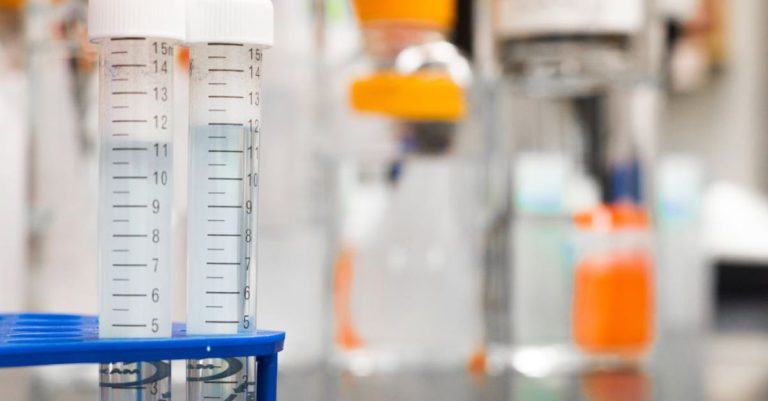
Biomarkers play a crucial role in modern medicine, providing valuable insights into physiological and pathological processes within the body. Detection of biomarkers is essential for early diagnosis, monitoring of disease progression, and personalized treatment strategies. As technology continues to advance, new methods for biomarker detection are constantly being developed to improve accuracy, sensitivity, and efficiency. In this article, we will explore some of the latest technologies that are revolutionizing biomarker detection.
**Mass Spectrometry**
Mass spectrometry is a powerful analytical technique that has become a cornerstone in biomarker detection. This technology allows for the precise measurement of the mass-to-charge ratio of molecules, enabling the identification and quantification of biomarkers in complex biological samples. Recent advancements in mass spectrometry have led to improved sensitivity and resolution, making it an invaluable tool for the discovery of novel biomarkers in various diseases.
**Next-Generation Sequencing**
Next-generation sequencing (NGS) has transformed the field of genomics and is now being increasingly utilized for biomarker discovery. NGS allows for the rapid and cost-effective sequencing of DNA and RNA, enabling researchers to identify genetic variations and gene expression patterns associated with specific diseases. By analyzing the entire genome or transcriptome, NGS offers a comprehensive approach to biomarker detection, paving the way for precision medicine and personalized treatment strategies.
**Microfluidics**
Microfluidics technology has revolutionized the field of biomarker detection by enabling the miniaturization and automation of complex laboratory processes. Microfluidic devices are capable of handling small volumes of biological samples with high precision, allowing for efficient biomarker analysis with minimal sample consumption. These devices can be integrated with various detection methods, such as fluorescence or electrochemical sensors, to enhance sensitivity and specificity in biomarker detection.
**Nanotechnology**
Nanotechnology has emerged as a promising tool for biomarker detection due to its unique properties at the nanoscale level. Nanoparticles can be functionalized with specific ligands to target biomarkers of interest, enabling their detection in biological samples with high sensitivity and selectivity. Nanotechnology-based biosensors and imaging techniques offer new possibilities for non-invasive biomarker detection, opening up avenues for early disease diagnosis and monitoring.
**Machine Learning and Artificial Intelligence**
Machine learning and artificial intelligence (AI) have been increasingly integrated into biomarker detection workflows to analyze complex datasets and extract meaningful insights. These technologies can identify patterns and relationships within large datasets that may not be apparent to human analysts, aiding in the discovery of novel biomarkers and the development of diagnostic algorithms. By combining machine learning with high-throughput technologies, researchers can accelerate biomarker discovery and validation processes.
**Conclusion: The Future of Biomarker Detection**
The field of biomarker detection is rapidly evolving, driven by advancements in technology and a growing understanding of disease mechanisms. Emerging technologies such as mass spectrometry, next-generation sequencing, microfluidics, nanotechnology, and machine learning are reshaping the landscape of biomarker research, offering new possibilities for early disease diagnosis, monitoring, and personalized treatment strategies. As these technologies continue to mature and become more accessible, the future of biomarker detection holds great promise for improving patient outcomes and advancing precision medicine.





